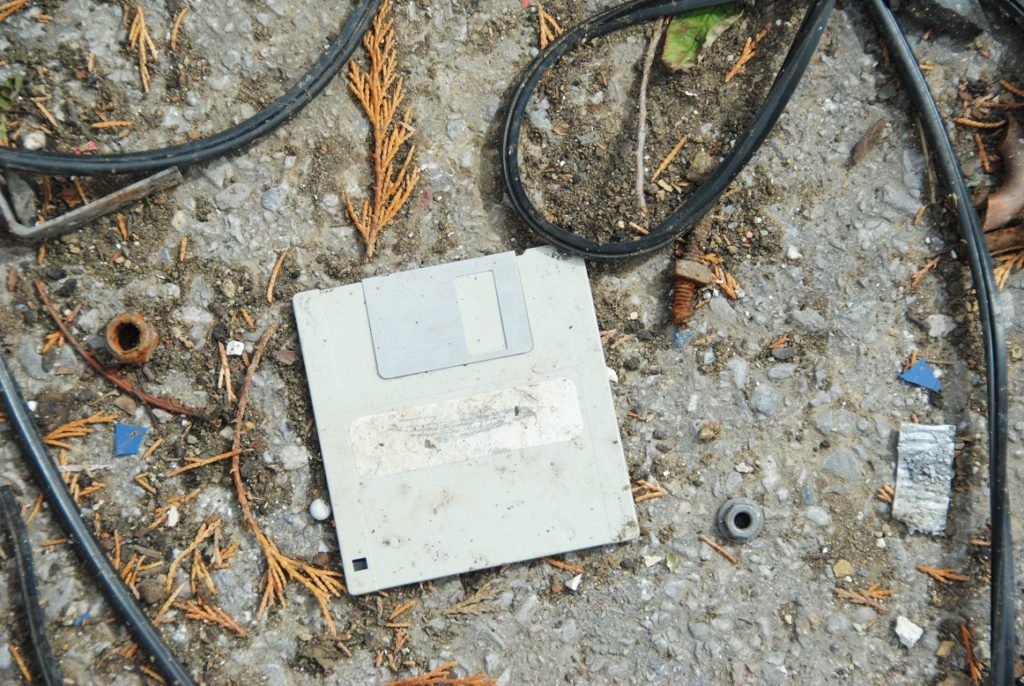There are over 1,500 file formats in circulation today. Among the great number, only a few are used extensively by computer users all around the world. It’s not strange to have a couple of formats that are so rarely used they’re practically on the brink of being obsolete. In fact, some of them already are.
When was the last time you ever heard someone use the Wordstar format? Wordstar was a very popular format in the ‘80s but it’s now as extinct as the dodo bird. If your company has old files saved as that format, you may find it hard to find a way to read them. Your IT department may say that Wordstar has fallen into digital obsolescence.

What is digital obsolescence?
Digital obsolescence what we call a situation when digital resources are no longer accessible because the format is long forgotten. Digital obsolescence can happen because of hardware and software reasons. Obsolescence in hardware happens because machines break sooner or later. You could have a stack of VHS containing precious memories, but with no VHS player around, they’re pretty much useless.
How do you protect your files from digital obsolescence?
When you want to keep your file collections accessible for decades to come, stay away from proprietary file formats. As an example, if you have an archive of images, use the TIFF format. TIFF is a widely used image format in the photography industry and supported by numerous applications. The specification is also open for all to see. You can even make your own software to read and save TIFF files should you need it.
Another save option for images is SVG. Since it’s an XML format, you can easily convert it to many XML-based formats. The cool.
For documents, one of the obvious answers is PDF. Adobe made sure the format remains as open as possible to cement PDF’s status as one of the most widely used document formats. You can easily convert any document you have to PDF for archiving purposes.
Want to keep your documents even safer against obsolescence? Print then store them all in multiple safe places.
How do I know a file type won’t be obsolete soon?
For starters, check if the format is open. Once again, PDF makes an excellent example. Had Adobe kept the format proprietary, PDF would have followed the formats used by AppleWorks.
Next, you can check the user base. Formats supported by Microsoft Office have hundreds of millions of user base across the world. Even now, you can still save files as 2003 DOC format. Will the format change in the next 20 years or so? Most likely so, but even then the number of user base will make Microsoft reluctant to abandon the format.
Another thing is to check for converters. When there are many apps available to convert files to and from the format of your choice, there will be less chance of your stuck with a bunch of unreadable files. Let’s take another document format, RTF, as an example. RTF Converters are easily available. If your company has chosen RTF to archive all its documents, you’re pretty much covered.
